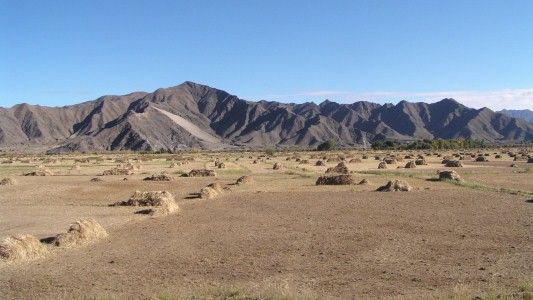
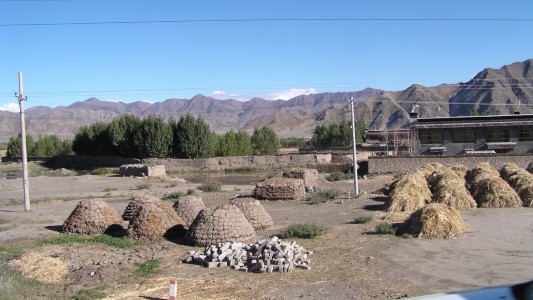
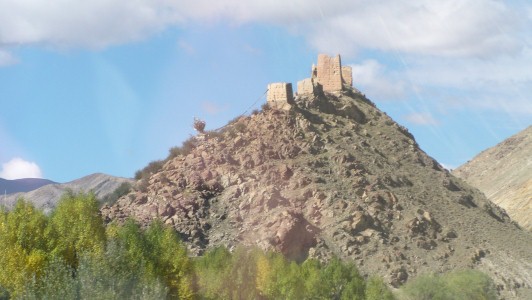
Some of which looked "fortified".
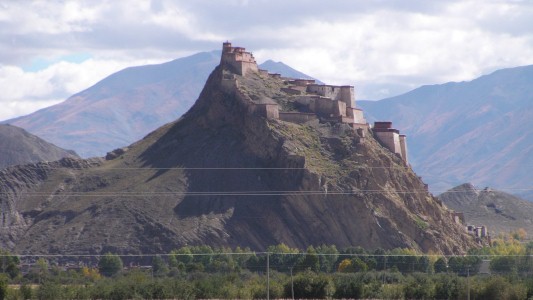
With the defeat of the Tibetan army the route to Lhasa was open so Younghusband took that next while the Dalai Lama fled..
We didn't visit but the cultural spin in the museum is that the Tibetans were defending China.
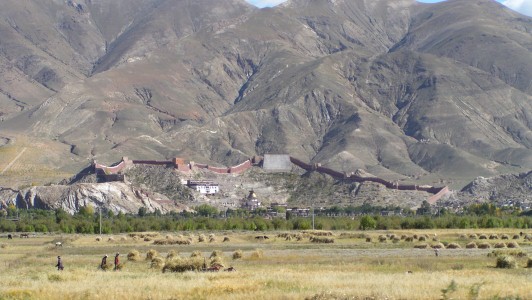

Built in 1418.
About 70 monks.
This is the entrance to the assembly hall.
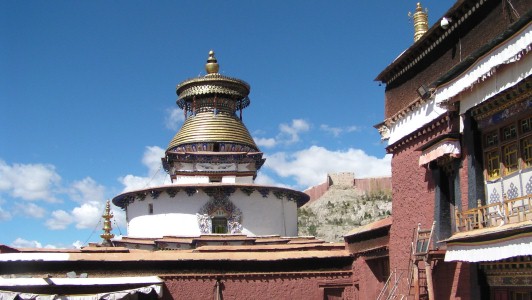
Though here there's a subtle twist.
Pay enough and we would have been free to take photos.
We contented ourselves with rooftop photos from the main chapel.
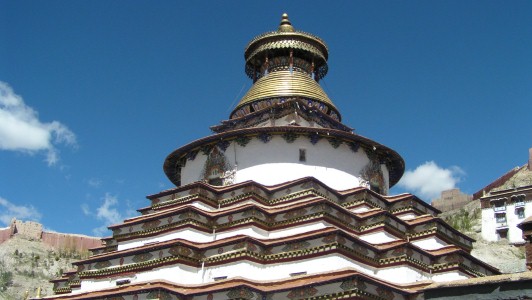
Home to 77 rooms and one hundred thousand statues and paintings.
On several levels.
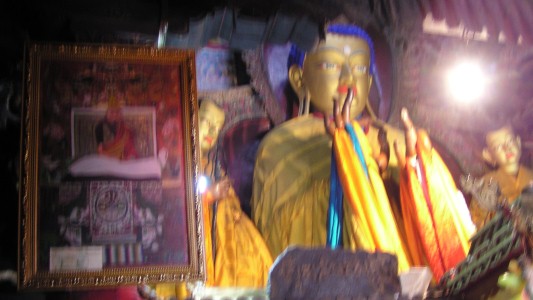
No mean feat as we are still above 4,500m and a tad breathless.
Poked our head into every chapel as we proceeded.
Though our enthusiasm for finding "something different" soon wained.
Fueled though by a remarkable bit of market economics.
Who could resist all the photo opportunities to be presented by 100,000 images for a meager 10 Yuan?
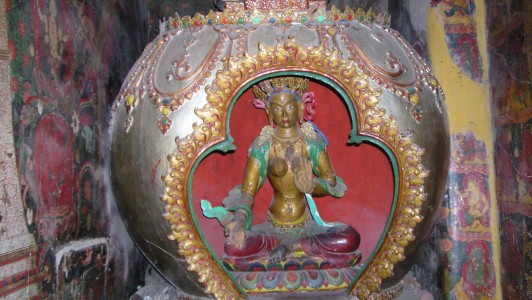
Without a clue what we were looking at.
We watched the Tibetans carefully for a clue to the meaning.
We did observe that Buddhism may be a mostly solitary pursuit.
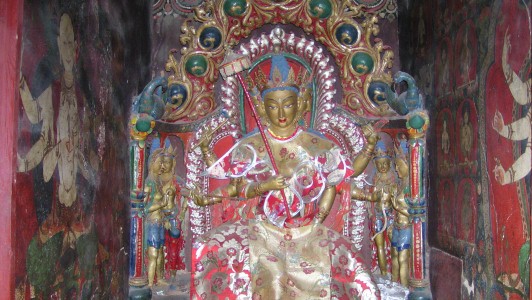
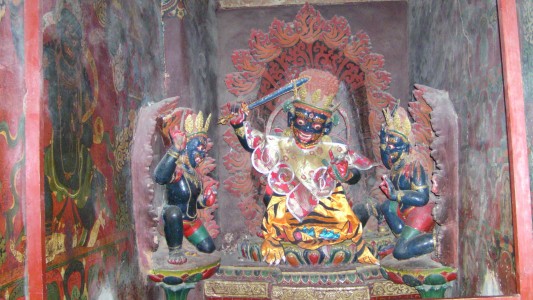
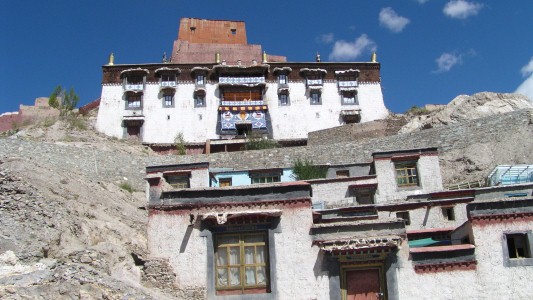
The Tibetans we saw were distinctly different with long platted hair (extended with yak hair).
From Quinghai province to the north.
We watched some labour their way up the hill.
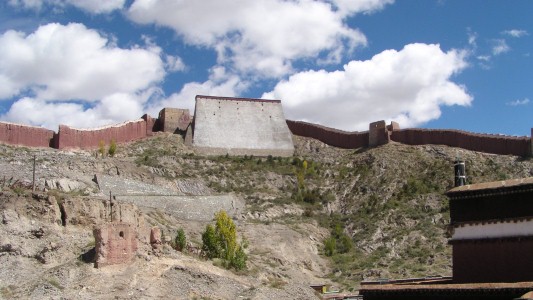
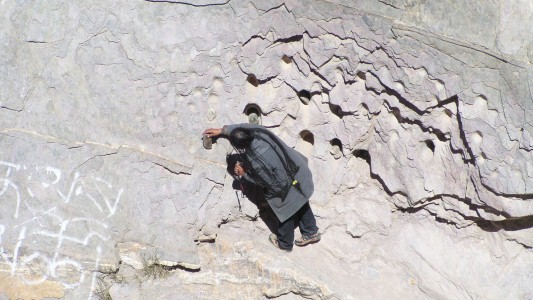
What story could be told.
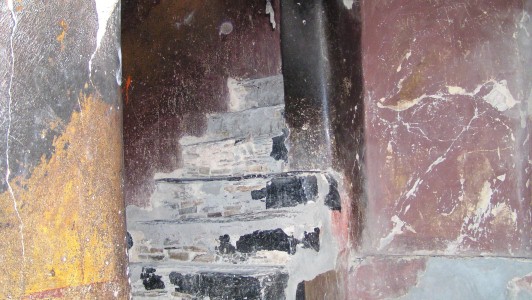
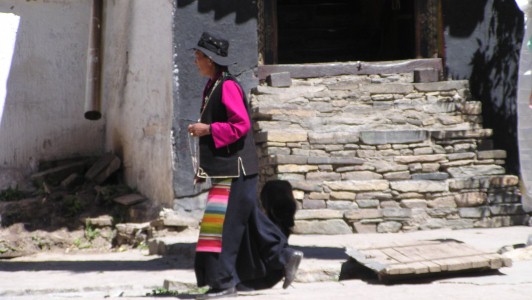
I have to mention the hats.
Not only are women elegant they also wear the most magnificient variety of hats.
To provide shade and put Camilla to shame.
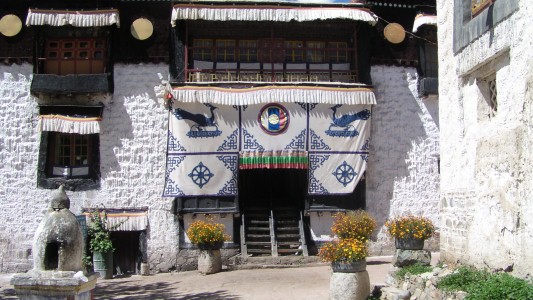
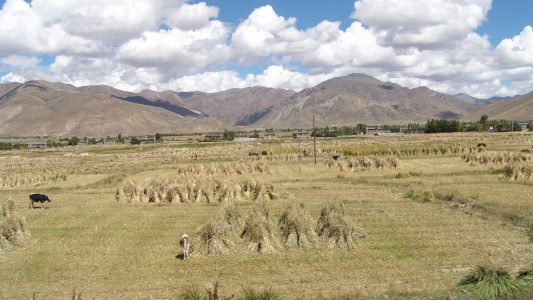
A different area, a different state of harvest.
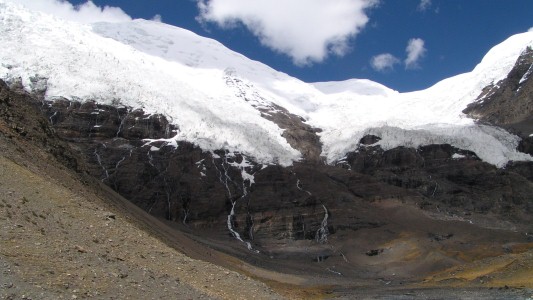
Is the black smoke from the engine exhaust getting worse? Is the red light an indication we are damaging the engine, or simply an inevitable consequence of altitude?
To find the answer to these and other pressing questions wait until lower altitudes are reached as Mitsubishi/Fuso/Mercedes are worse than unhelpful in the pursuit of product knowledge.
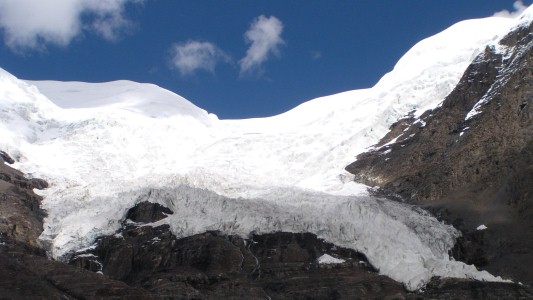
Well, back a bit really, but its about time some melodrama was introduced into the trip.
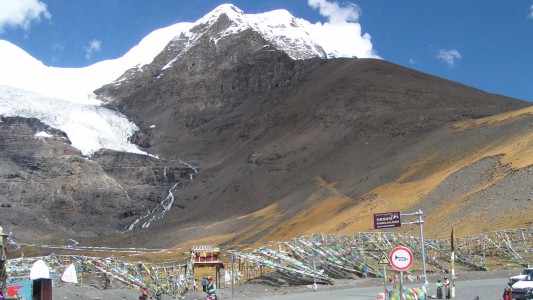
Thus ensuring an empty car park and a minor traffic jam .
The Chinese tourists stop about 300m south west of here for their photographs.
A small, but obviously important, token rebellion.
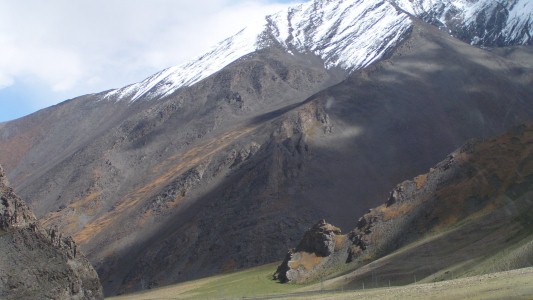
More ruined "fortifications".
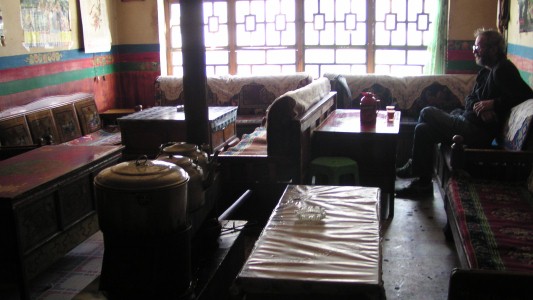
When it arrived it was yak meat, pickled radish, potatoes and rice.
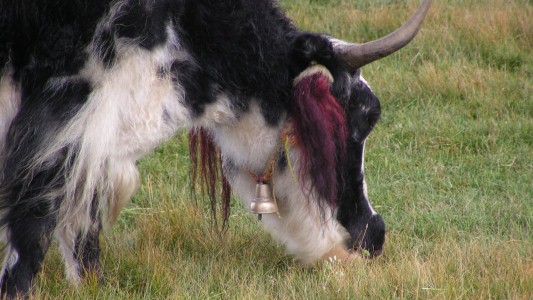
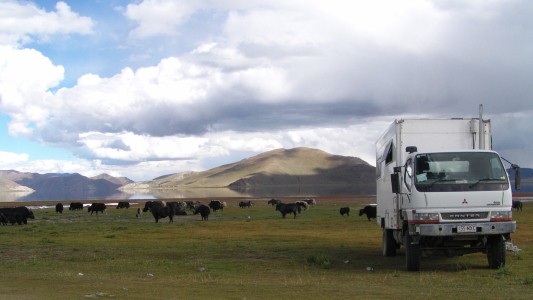
Camped beside the lake (Yamzbo Yunzco).
We asked the passing farmer if we could stay the night.
Yes.
As long as you don't leave litter around like the other tourists.